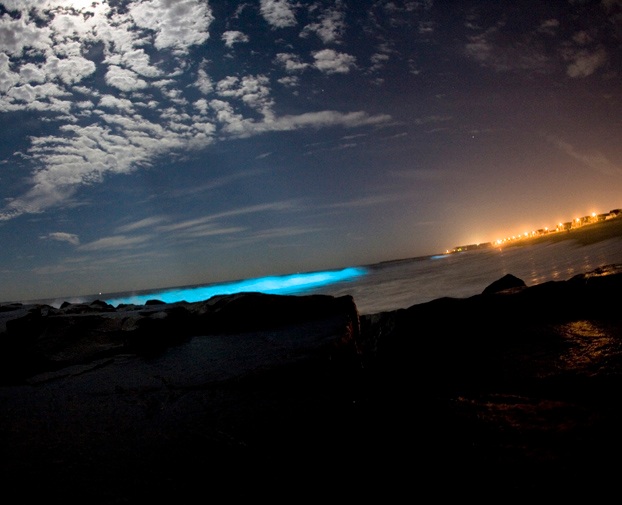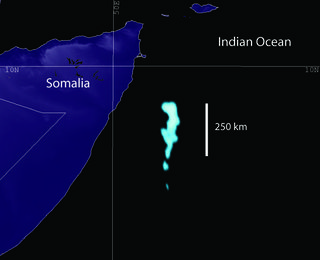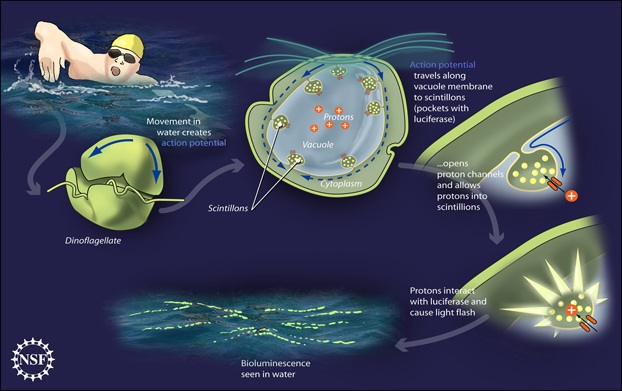Sometimes when nature and science meet it is simply amazing…
VIA – DISCOVERY
Glow-In-The-Dark Surf Explained
Analysis by Sarah Simpson
Fri Oct 21, 2011 04:44 PM ET

Red tide at night is a sailor’s delight. Red tide in morning, sailors take warning. That’s not exactly how the mariner rhyme goes, but it should. Often along the California coastline, as well as elsewhere in places where conditions encourage plankton blooms from single-celled dinoflagellates, the sea turns brownish-red during the day, but at night becomes an ocean of bioluminescent beauty.

Scientists have long known that this type of bioluminescence occurs when billions of dinoflagellates get jostled. In 2005, the Naval Research Laboratory identified the first satellite image of bioluminescence spanning hundreds of miles – confirming ancient mariner lore of sailing on glowing seas for nights at time.
But a scientific explanation for how the tiny plankton glow in the dark has remained elusive.
Until now.
HSW: How Bioluminescence Works
The key to the dinoflagellate process is the existence of voltage-gated or voltage-sensitive proton channels. These channels form in the membranes that separate one compartment of a cell from another, but it takes certain chemicals or electrical signals to open them. Researchers long assumed that these channels probably existed in dinoflagellates, but this week biologists reported in the Proceedings of the National Academy of Sciences successful identification and testing of dinoflagellate genes similar to the genes for voltage-sensitive proton channels known previously in humans, mice and sea squirts.

Here’s how the light-generating process in dinoflagellates works:
1) Starts with a splash. It is the motion of water surrounding the floating dinoflagellates that ignites the process. That movement ferries electrical impulses around a proton-filled compartment, or vacuole, within the cell.
2) Electrical impulses open protein channels. The electrical impulses bouncing around inside the vacuole trigger the opening of voltage-sensitive proton channels that connect the vacuole to tiny pockets on the vacuole membrane known as scintillons. Once open, these channels funnel protons from the vacuole into the scintillons.
3) Bioluminescent proteins do their thing. Protons entering the scintillons then activate luciferase, a well-known bioluminescent protein that is stored in scintillons. (And yes, the name of this protein is derived from Lucifer, the root of which means “light-bearer.”)
So the next time you hear about these devilish flashes, plan a moonlight walk on the beach. It could look something like this:
IMAGES:
Bioluminescent dinoflagellates producing light in breaking waves. (Wikimedia Commons)
Satellite imagery of the glowing sea phenomenon corresponding to nighttime ship observations from the SS Lima on Jan. 25-27, 1995. (Naval Research Laboratory)
Proposed bioluminescence mechanism in dinoflagellates. Illustration by Zina Deretsky, National Science Foundation
For the original post go here:
http://news.discovery.com/earth/glow-in-the-dark-surf-eplained-111021.html
 Become A Sponsor!
Become A Sponsor!If you have a product or service that is a good fit for our surf community, we have opportunities for you to sponsor this blog! Download our media kit now!
